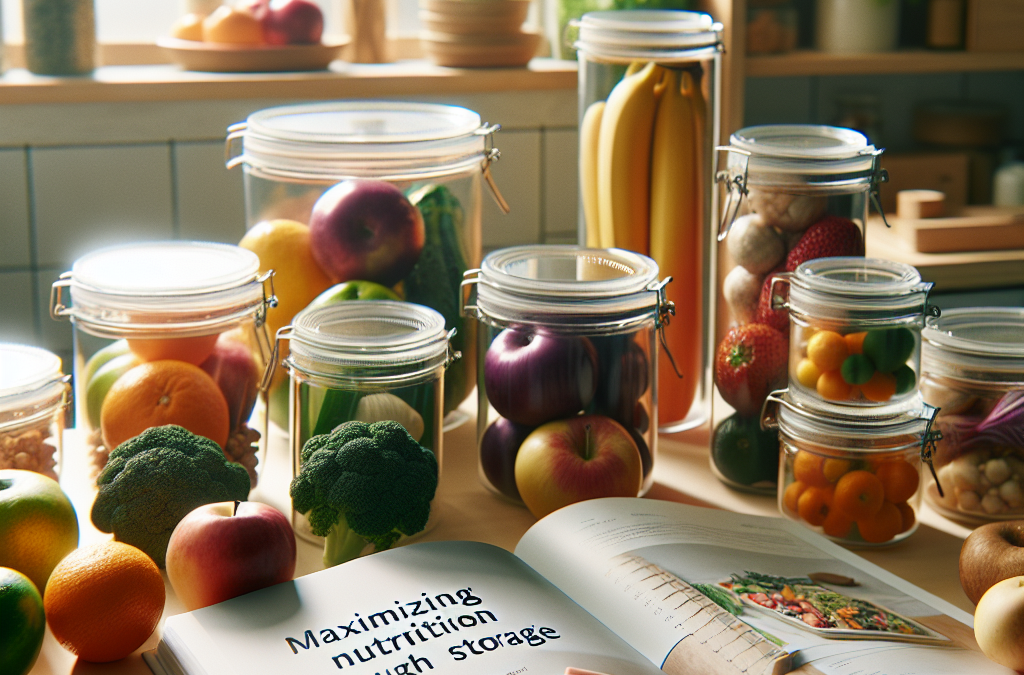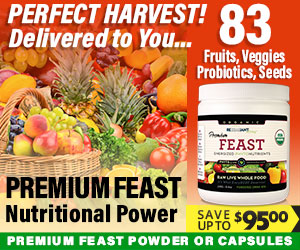Understanding Storage Methods
Types of Storage Solutions
When it comes to maximizing nutrition through storage, you’ve gotta know your options. There are a bunch of different ways to store food, and understanding them can make all the difference. From canning to vacuum sealing, each method has its perks. Personally, I love using glass containers for leftovers; they keep food fresh and let me see what I’ve got at a glance.
Each storage solution brings something unique to the table. For instance, freezing foods can retain nutritional value and flavor for ages, while non-refrigerated methods like jars can preserve the integrity of fruits and veggies in a way that canned goods can’t. It’s kinda like picking the right tool for the job, you know?
So, dive into what works best for you! Think about your lifestyle, the types of foods you enjoy, and what you can realistically maintain at home. Keeping things fresh and healthy is all about making informed choices, and I can assure you it’s totally worth the effort.
Temperature Control
Importance of Proper Temperature
Let’s chat about temperature. Seriously, it’s one of the biggest factors in food storage that people overlook. Did you know different foods require different temperatures? For example, fruits and veggies have their sweet spots—too cold, and they can get mushy; too warm, and they’ll spoil faster than you can blink!
I’ve learned through trial and error that setting my fridge to the right temperature really keeps things in check. Keeping it around 37°F (3°C) does wonders for fresh produce and dairy—you want your greens crisp and your milk, well, milk! It’s a game changer, trust me.
Also, don’t forget about your pantry! Keeping dry goods in a cool, dark space helps preserve their quality. I’ve got a little corner in my kitchen dedicated to grains and snacks, and I keep it organized based on temperature needs. It’s one less thing to worry about, and it keeps my food game strong!
Proper Packaging Techniques
Sealing in Freshness
Let’s talk about packaging, because this is where things can really make or break your food storage game. I used to just throw leftovers in a Ziploc and call it a day, but I’ve learned that the right packaging can do wonders for preserving nutrients. Airtight containers can keep air and moisture at bay, which is essential for longevity.
If you’re dealing with things like herbs or certain fruits, I’ve found that wrapping them in a damp paper towel and placing them in a bag can work wonders. It’s the kind of hack that makes me feel like a home chef, even when I’m just reheating last night’s dinner!
Also, don’t underestimate the power of clear labeling! I’ve started dating my containers—it’s like giving my food a little birthday. This simple act helps me keep track of what goes bad first, preventing food waste and keeping my nutrition on point!
Organizing for Access
Efficient Food Placement
Okay, here’s a little nugget of wisdom: if you can’t see it, you won’t use it. When storing food, I’ve learned that organization matters a ton! I like to put the oldest items at the front of the fridge or pantry and the newer stuff in the back. It’s like a little system that keeps me accountable to eat what I have first.
Get Certified Organic Whole Food Nutrition – Nutrient Dense Supplement
Also, investing in baskets or clear bins has been a game changer for my pantry. I can easily grab a whole basket of snacks or meal-prepped foods without rummaging around. It feels so much less chaotic, and it makes cooking way more enjoyable when I can just grab and go!
Don’t forget to categorize your items! I try to keep breakfast items together, snacks in one area, and baking supplies in another. It simplifies meal prep and helps me stay healthy by making nutritious choices easier to access. Straight up, it’s about making it convenient to reach for what’s good for you!
Limiting Waste
Smart Shopping and Planning
Let’s finally talk about waste because, honestly, nobody likes tossing food. One of the biggest things I’ve learned on this journey is how critical it is to plan meals ahead of time. By checking what I already have on hand, I avoid overbuying and accidentally letting things sit too long. That’s a real win in my book!
Another tip? Make a shopping list. I can’t tell you how many times I’ve gone to the store and bought duplicates of things I didn’t need. Sticking to a list not only cuts down on waste but it also saves me money. Plus, it keeps me on track for incorporating nutritious foods into my meals.
Finally, let’s talk composting. If something does go bad despite our best efforts, consider composting it instead of tossing it in the trash. Not only does this reduce waste, but it also enriches your soil if you garden. Every little bit helps when maximizing nutrition through storage, and I’m all about reducing my footprint where I can!
FAQs
What are the best storage methods to maximize nutrition?
Some of the best storage methods include freezing, canning, and using airtight containers. Each method helps preserve the nutritional value of food in different ways, so it’s good to experiment to see what works best for you!
How does temperature affect food storage?
Temperature plays a crucial role in food storage. Keeping your fridge at the right temperature can help maintain freshness and prevent spoilage. Similarly, pantry items need to be stored in cool, dark environments to remain fresh longer.
What are some tips for reducing food waste?
Planning meals, making shopping lists, and organizing your pantry or fridge can significantly reduce food waste. Keeping track of what you have and using items before they spoil is key!
Why is packaging important in food storage?
Proper packaging is essential as it helps to seal in freshness, keep out air and moisture, and extend the shelf life of your foods. Using airtight containers and wrapping delicate items properly can preserve their nutrients.
Can I freeze anything to maximize nutrition?
Almost all fruits and vegetables can be frozen to retain their nutritional value. Just be sure to blanch certain veggies before freezing to help preserve their texture and color. Just be cautious with items like lettuce and tomatoes—they don’t freeze well!




